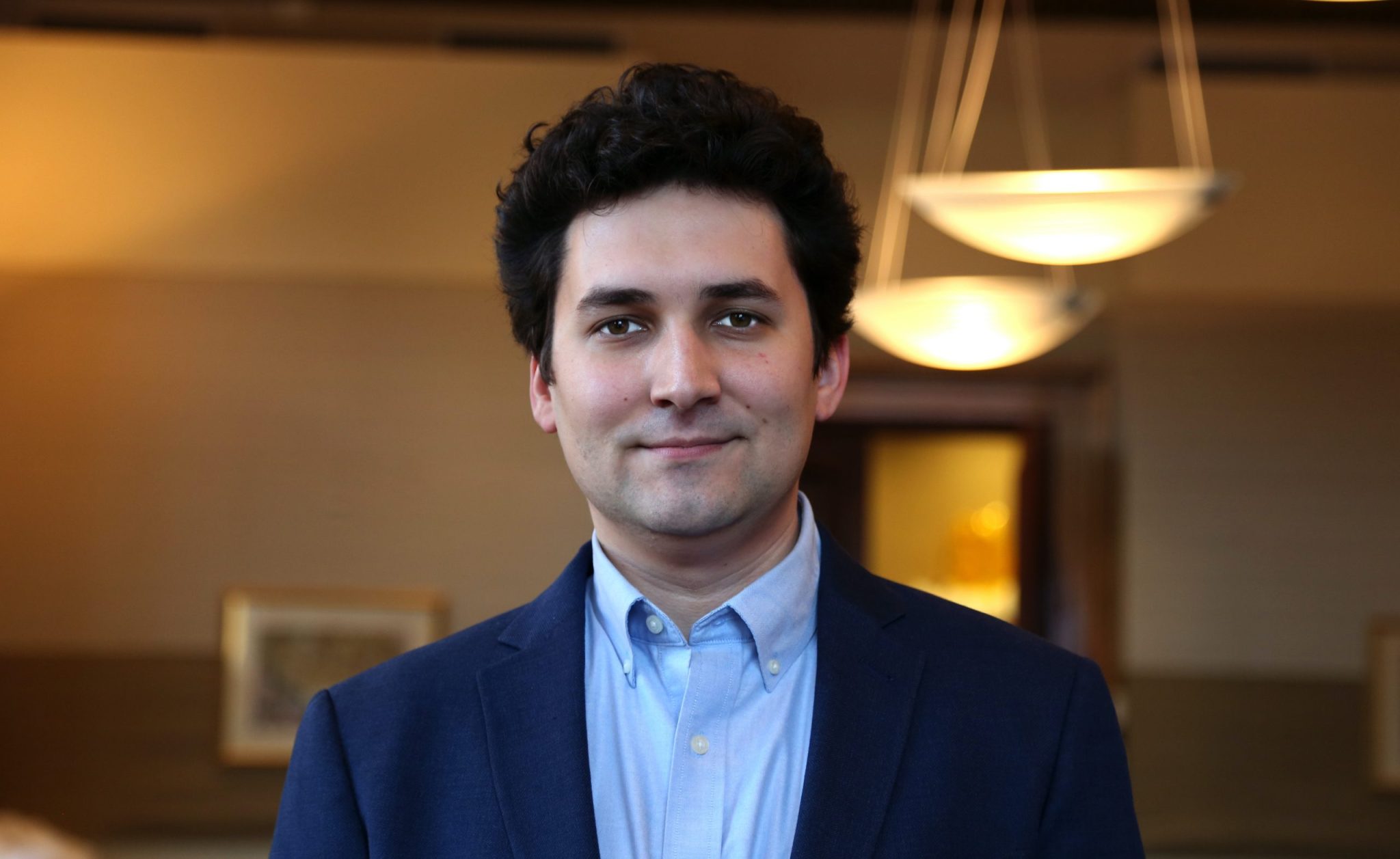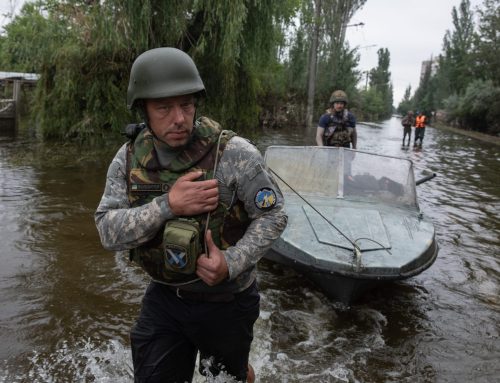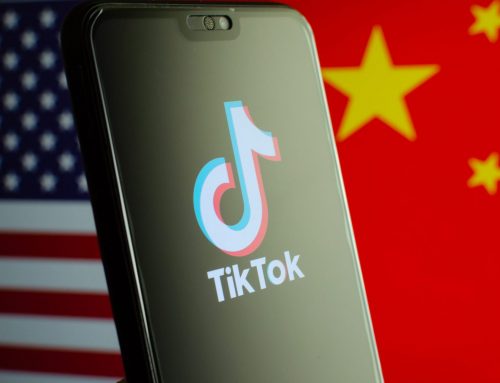Russian state media and diplomats predictably denounced last week’s new U.S. sanctions on the country, which the Russian Foreign Ministry characterized as an “attack.” They also criticized the rationale behind the sanctions, blamed the United States for the poor bilateral relationship, suggested that the sanctions revealed U.S. weakness, and claimed that Russia had no choice but to respond. For the second straight week, Russian state media and diplomats emphasized commemorating Cosmonautics Day (April 12) and cosmonaut Yuri Gagarin. While most of this content continued to be celebratory, Russian diplomats and state media slammed the U.S. Department of State for not mentioning Gagarin in its commemoration of the International Day of Human Spaceflight (also April 12), which they described as “distorting the memory” of Gagarin. One opinion piece also suggested that the United States is “insecure” about acknowledging the achievements of other countries. Notably, the Russian Foreign Ministry accused the United States of “disinformation” for the same reason last year. In last week’s coronavirus vaccine coverage, the Gamaleya Institute, which developed Sputnik V, claimed that no cases of the specific type of rare blood clots potentially connected to other coronavirus vaccines have been recorded following vaccination with Sputnik V and offered to assist other vaccines. In the same statement, the vaccine’s developers also sought to draw a distinction between Sputnik V and the two Western vaccines (those developed by Johnson & Johnson and AstraZeneca) under review for blood clots, even though all three share similar technology, and Russian state media separately covered officials noting this similarity between the Western vaccines. Russian state media and diplomats promptly amplified Gamaleya’s claims.
Continuing a months-long trend, Xinjiang was still the most mentioned topic by Chinese official and diplomatic accounts on Twitter last week. “Xinjiang” was mentioned twice as often as “Covid19,” the second most mentioned topic by those accounts. Last week’s standout piece on this topic was a South China Morning Post opinion piece by a Chinese financier ominously titled “Xinjiang: what the West doesn’t tell you about China’s war on terror.” The article, which repeated many state media talking points, was shared by Chinese diplomats from France, Germany, Egypt, Afghanistan, and the United States. As per usual, Hua Chunying and Zhao Lijian, two spokespeople for the Chinese foreign ministry, were the main drivers of Twitter engagement on the topic of Xinjiang. They produced the ten most liked Xinjiang-related tweets of last week, which covered many of the usual narratives: concern for Xinjiang is meant to contain China, the United States is the true oppressor of Muslims, and Chinese policies have made Xinjiang prosperous, stable, and ethnically harmonious. On the state media side, CGTN released a new documentary on life in modern Xinjiang. One of its excerpts, which presents a young dressmaker who, thanks to a loan from a CCP-affiliated NGO, creates wedding dresses to free young brides from oppressive Uyghur traditions, was the tenth most viewed CGTN YouTube video of the week. This ties back to previous statements and articles presenting Chinese policies in the region as key to women’s empowerment. After the previous week’s relative restraint, Chinese officials and state media grew more vocal last week about Japan’s decision to release treated radioactive water from the Fukushima nuclear incident into the Pacific. As with Xinjiang messaging, Hua Chunying and Zhao Lijian led the diplomatic charge, attacking the United States’ support of Japan and accusing the Japanese prime minister of minimizing the risk. While some diplomats followed suit, particularly the Chinese ambassador to ASEAN, state media outlets were even more active on the issue. #Fukushima was the third most mentioned hashtag by Chinese state media last week, with China Daily and CGTN among those accusing the United States of double standards on the environment. In an attempt to make the issue gain global prominence, national tabloid Global Times used popular Japanese fictional characters Doraemon and Godzilla to attack the Japanese decision. On April 19, Hua Chunying embraced the tactic with a Godzilla tweet of her own. The Chinese attempt to draw attention to the issue is further evidenced by Chinese state journalists seeking out the support of prominent environmental activist Greta Thunberg; her lack of response, however, triggered a more abrasive reaction.
Last week, Tehran-linked accounts blasted both the United States and Israel over the attack on the electrical grid supporting the Natanz nuclear facility. Iranian media and diplomatic accounts described it variously as a “terrorist attack” and “nuclear terrorism.” Most commentators, including PressTV, blamed Israel. PressTV used Western experts, including former U.S. Marine Scott Ritter and antisemitic conspiracy theorist Michael Jones, as validators. Some hardliners, though, like conservative cleric Mahmoud Nabavian, placed blame on the United States, with many using the attack as a pretext for enriching uranium to a higher level. Relatedly, PressTV and other news agencies alleged that a number of Mossad agents were killed in Iraq last week, but this was denied by regional authorities in Kurdistan and is generally believed to be false. The Jerusalem Post reported that the story may have originated on Telegram. The Iran nuclear deal was again a prominent topic, with Iranian accounts, including the supreme leader’s, continuing to demand that the United States return to compliance with the agreement before Iran does. PressTV downplayed the importance of the deal to the economy and the popularity of the deal among Iranians, while Iranian Foreign Minister Zarif praised “longtime friend” Russian Foreign Minister Lavrov and framed President Biden’s position as a choice between Obama’s Iran policy or Trump’s.
The views expressed in GMF publications and commentary are the views of the author alone.








